 Shutterstock
Shutterstock
Choosing the right dog breed for your lifestyle is essential, especially for senior pet owners. While dogs offer companionship, joy, and even exercise, not all breeds are suitable for older adults. Some dogs come with high energy levels, require intensive training, or have grooming needs that can be overwhelming. For seniors seeking a more laid-back, low-maintenance companion, it’s crucial to avoid breeds that are too demanding. By selecting a dog that fits their lifestyle, seniors can enjoy the rewards of pet ownership without the added stress of high-maintenance care.
Border Collie
 Shutterstock
Shutterstock
The Border Collie is often regarded as one of the most intelligent dog breeds, but with that intelligence comes a seemingly endless supply of energy. Bred for herding sheep, Border Collies are always on the go and need a significant amount of exercise and mental stimulation to stay happy and healthy. For senior pet owners, this breed’s demanding exercise requirements, combined with their need for constant mental challenges, can be overwhelming. Without enough activity, Border Collies can become destructive or anxious, making them a difficult breed to manage for someone seeking a more laid-back companion.
Jack Russell Terrier
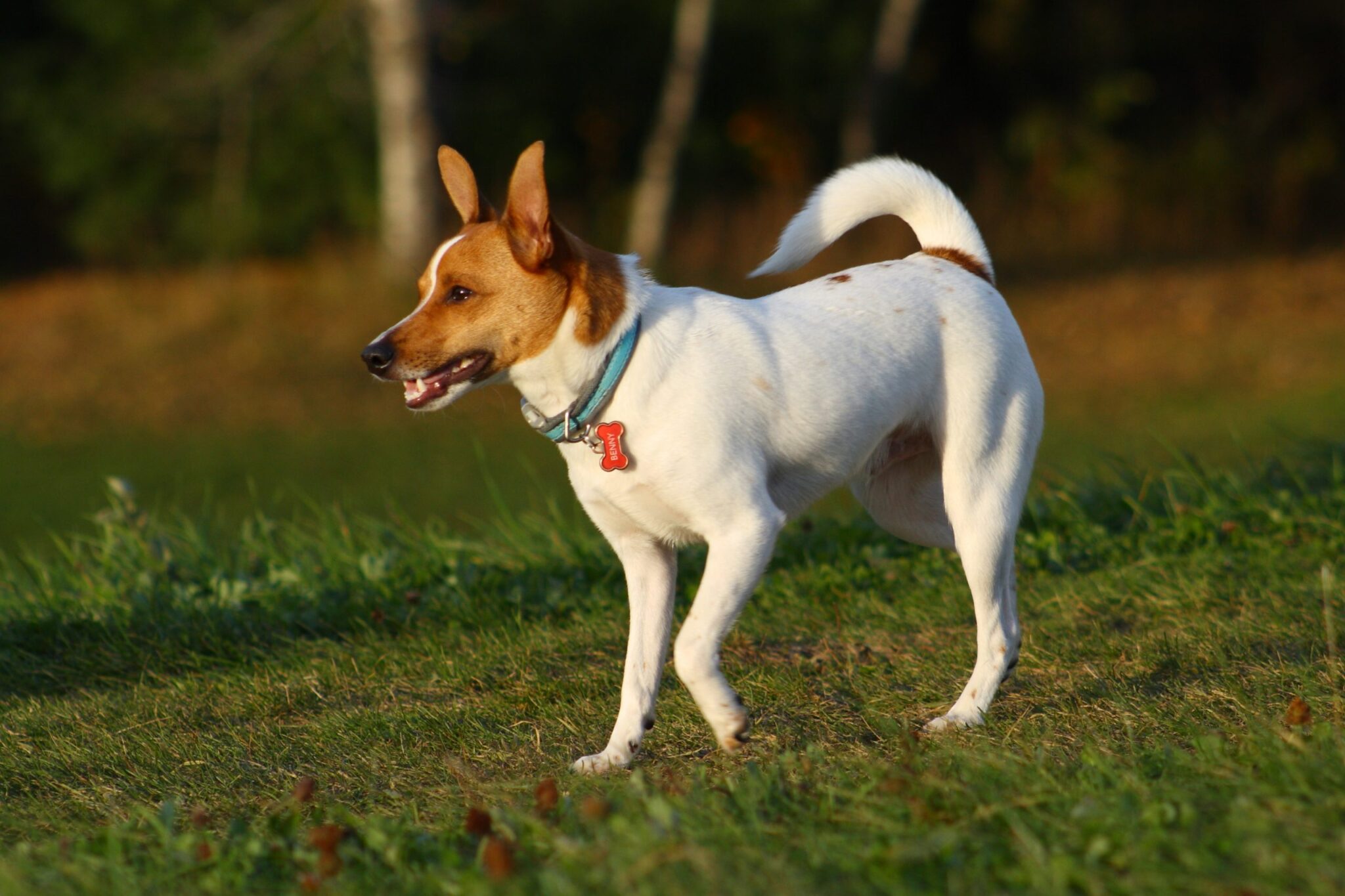 Shutterstock
Shutterstock
Jack Russell Terriers may be small, but they are packed with energy and require a lot of attention. This breed is known for its feisty personality, high prey drive, and need for physical exercise. Jack Russells can be difficult to train due to their independent streak and may not be ideal for seniors who prefer a calmer, more relaxed dog. They need plenty of playtime, walks, and mental stimulation to stay out of trouble, and their constant energy can be exhausting for senior owners.
Siberian Husky
 Shutterstock
Shutterstock
Siberian Huskies are stunning dogs, but they are also known for their boundless energy and independent nature. Bred to pull sleds over long distances, Huskies need a lot of physical exercise and mental engagement. Their strong-willed nature means they require firm training, and they can be escape artists if they’re not properly supervised. For seniors, keeping up with a Husky’s exercise needs and managing their stubborn tendencies can be challenging. This breed thrives in active households where they can get plenty of exercise and attention.
Belgian Malinois
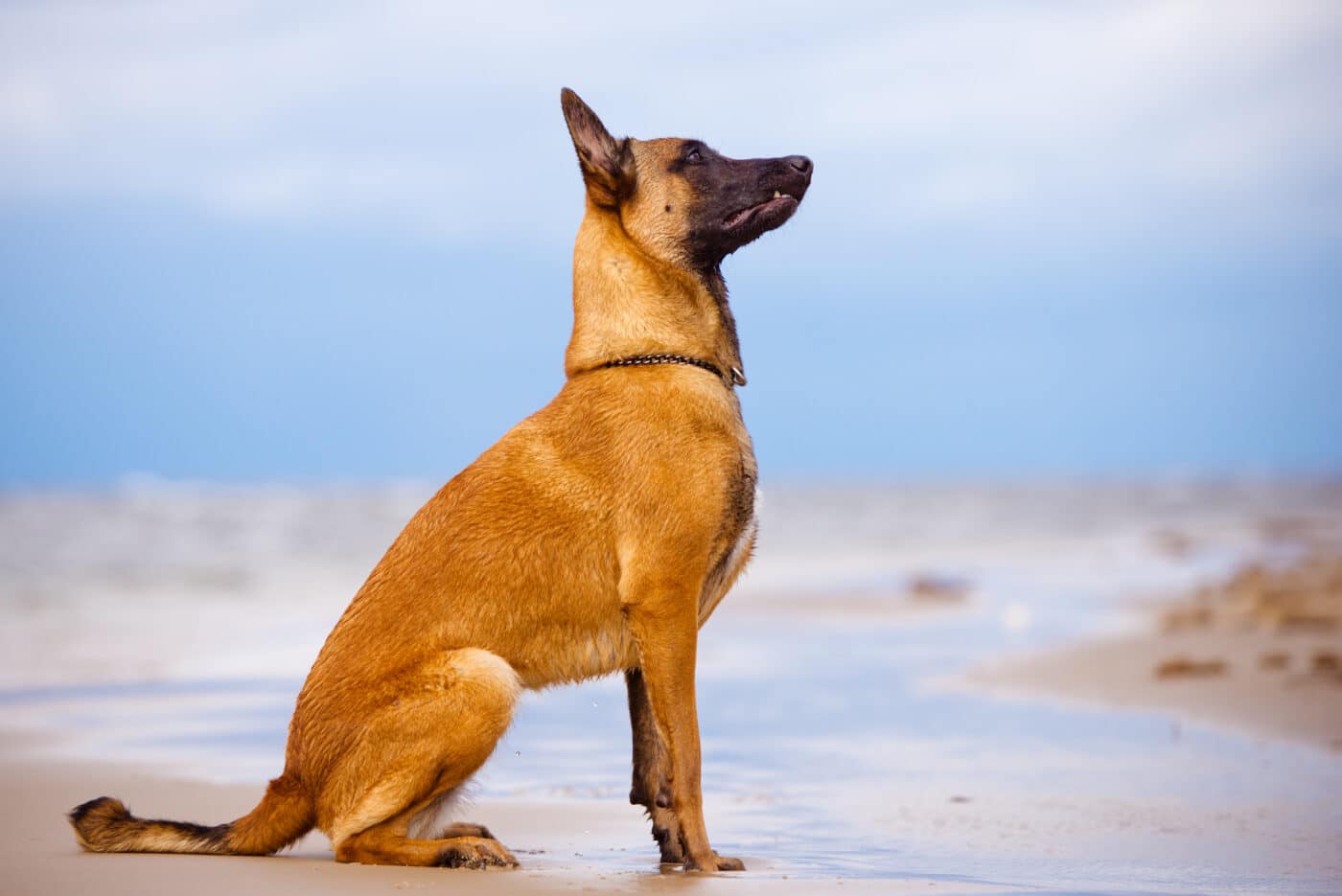 Shutterstock
Shutterstock
The Belgian Malinois is a highly intelligent and active working breed, often used in police and military work. Their sharp minds and energetic personalities make them demanding dogs that need significant physical and mental stimulation. While they are loyal and loving with their families, Malinois require experienced training and are not ideal for those seeking a low-maintenance companion. Seniors may find it difficult to keep up with the breed’s energy levels and training needs, as Malinois can become bored or anxious if not properly engaged.
Australian Shepherd
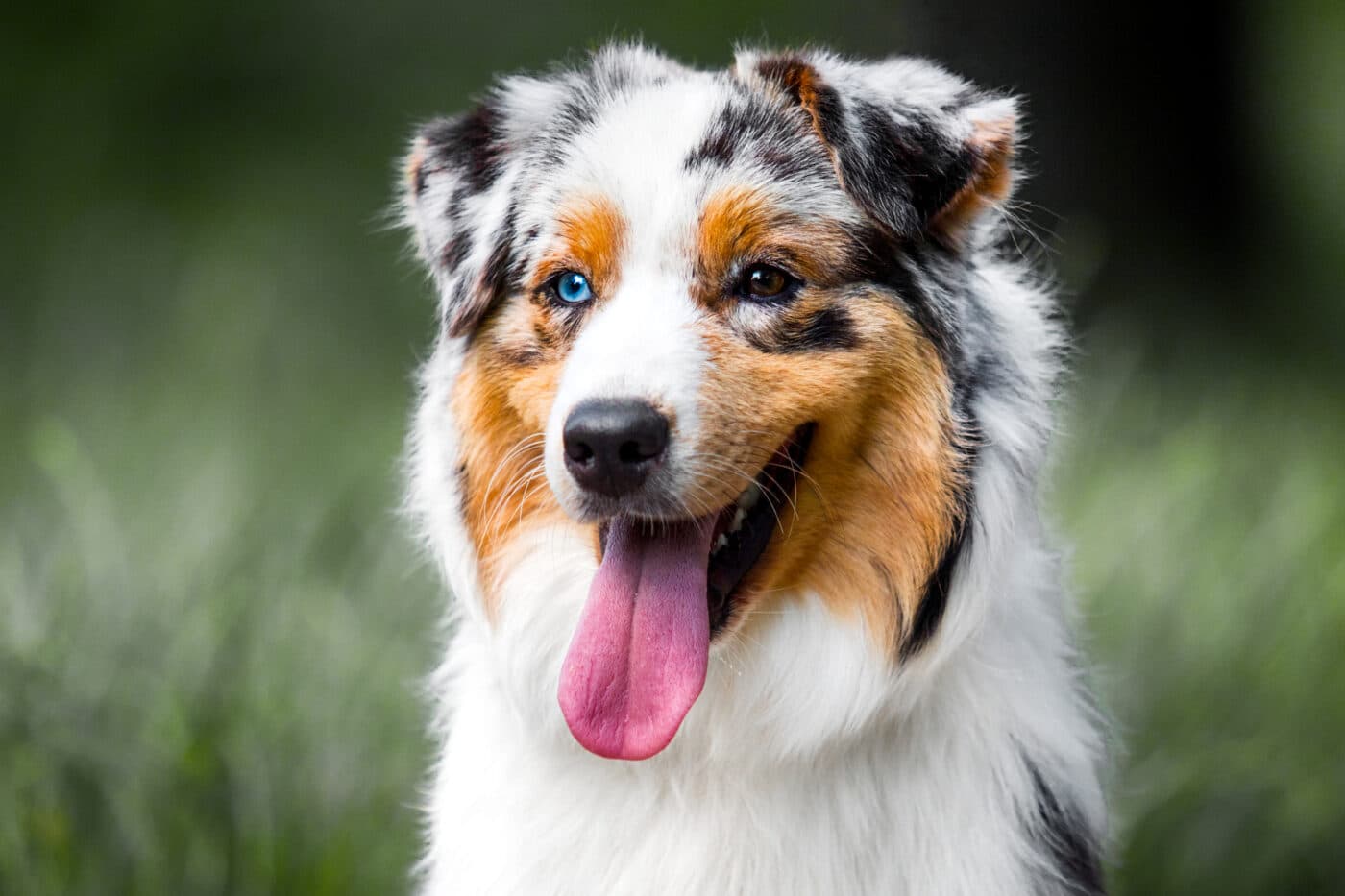 Shutterstock
Shutterstock
Australian Shepherds are known for their intelligence, agility, and high energy levels. They were bred to herd livestock and are happiest when they have a job to do. This breed needs a lot of physical exercise, mental stimulation, and consistent training to stay well-behaved. For senior pet owners who aren’t able to provide the level of activity that an Australian Shepherd requires, this breed can be too demanding. Without proper outlets for their energy, Australian Shepherds may develop behavioral issues, making them a challenging breed to manage.
Dalmatian
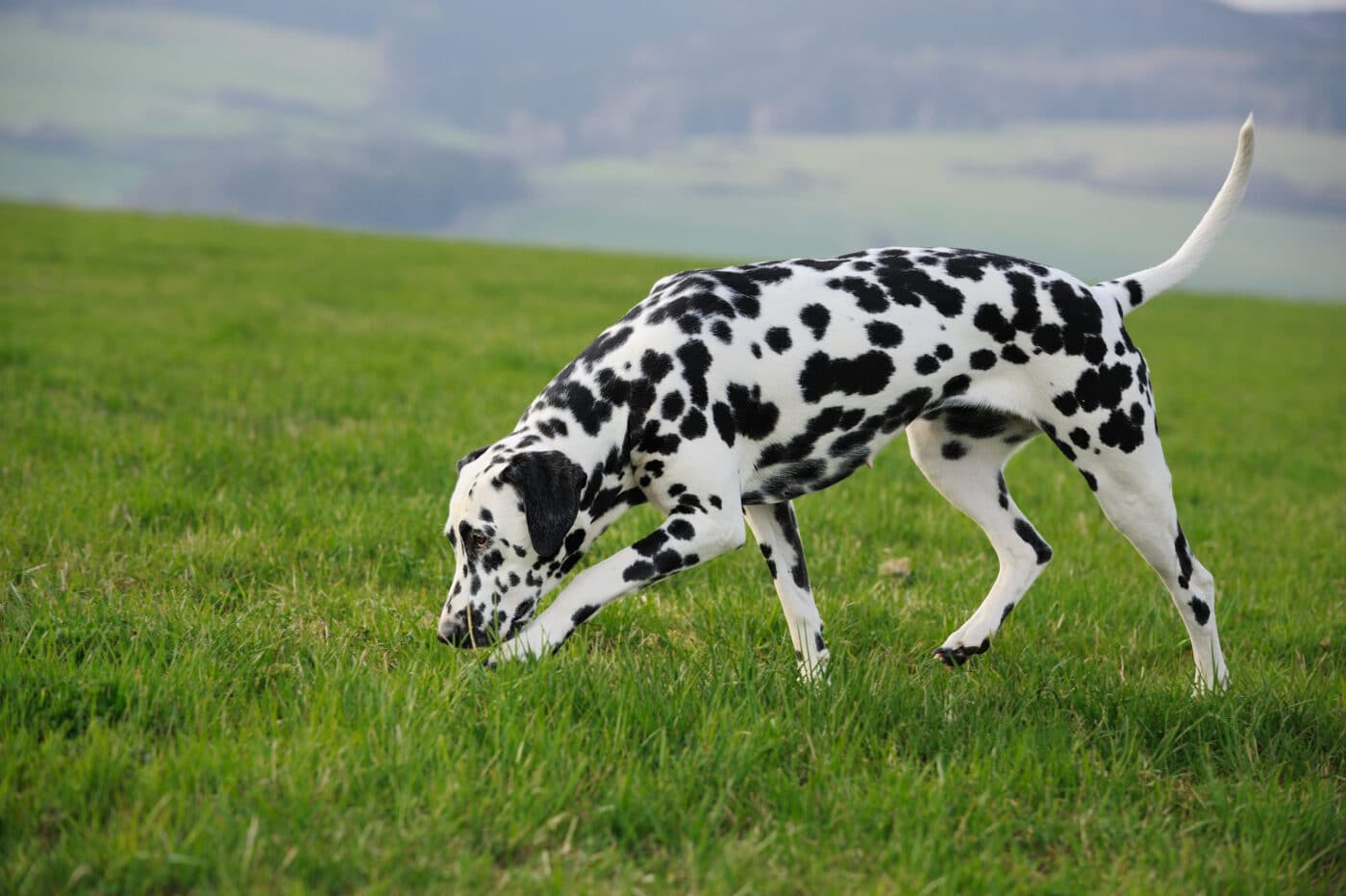 Shutterstock
Shutterstock
Dalmatians are active, energetic dogs that require plenty of exercise to stay happy and healthy. Known for their distinctive spotted coats, Dalmatians have a strong need for mental and physical stimulation. They can be headstrong and require consistent training, making them a poor choice for seniors who may not have the energy or time to keep up with their demands. Without enough exercise and attention, Dalmatians can become destructive or hyperactive, leading to frustration for their owners.
Weimaraner
 Shutterstock
Shutterstock
The Weimaraner is a sleek, athletic breed known for its boundless energy and strong hunting instincts. This breed requires a lot of exercise and thrives in environments where they can run, play, and explore. Weimaraners can also be quite stubborn, making training a challenge for inexperienced or less physically active owners. For seniors, keeping up with the high exercise demands of a Weimaraner can be difficult, and their strong-willed nature may make them hard to manage without consistent, firm training.
Airedale Terrier
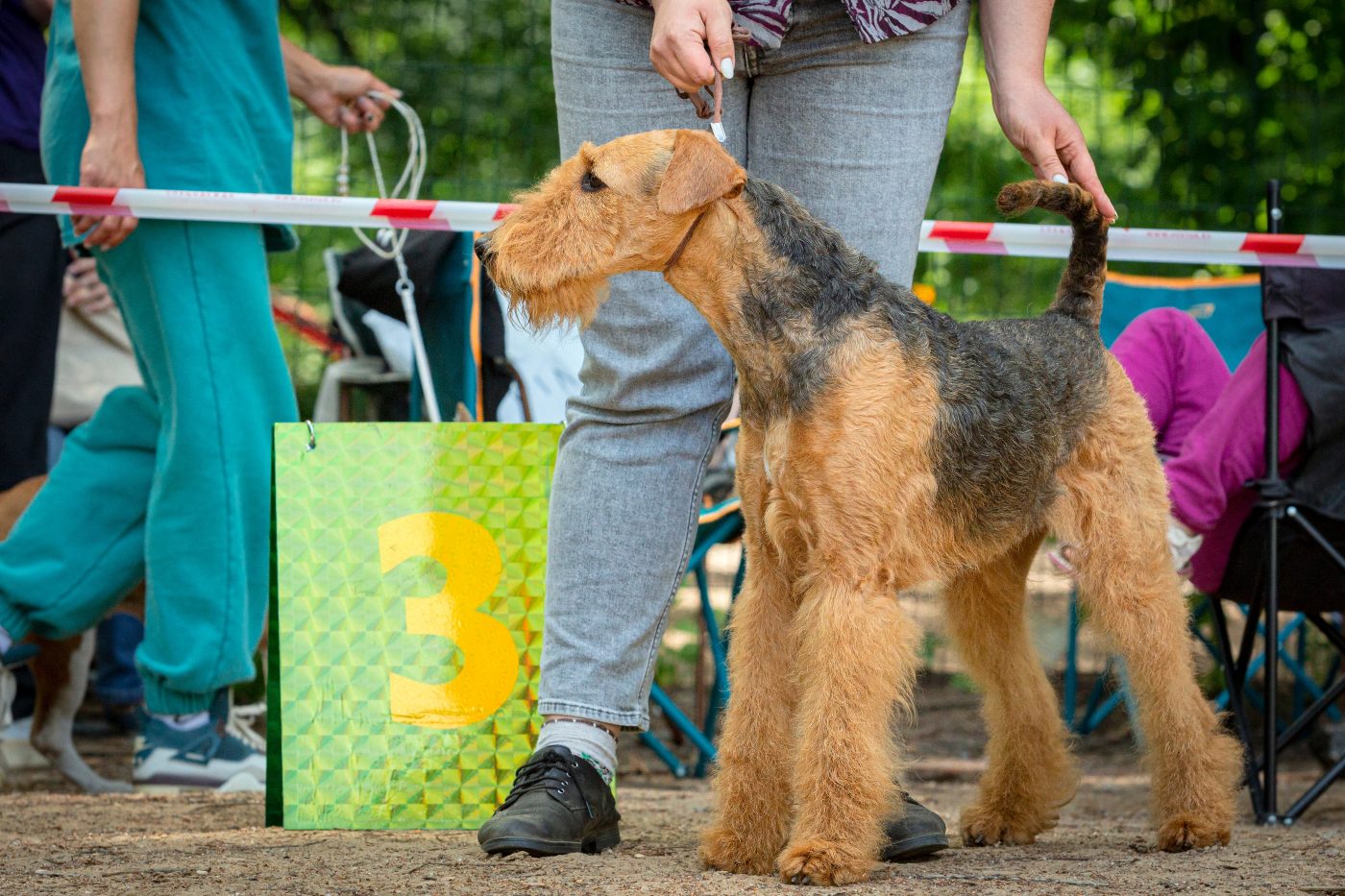 Shutterstock
Shutterstock
Airedale Terriers are the largest of the terrier breeds and are known for their energetic and playful nature. They are intelligent dogs but can be independent and stubborn, making them difficult to train without patience and persistence. Airedales need regular exercise and mental stimulation to stay happy and well-behaved. Their grooming needs are also relatively high, as they require regular trimming and maintenance of their wiry coats. For seniors, the combination of their high energy levels and grooming needs can make Airedales a bit too demanding.
Vizsla
 Shutterstock
Shutterstock
The Vizsla is a high-energy sporting breed that needs a lot of physical activity to stay happy. Known for their affectionate nature, Vizslas thrive on companionship and don’t do well when left alone for long periods. They require regular exercise, including running or vigorous play, to meet their energy needs. For senior pet owners who prefer a more relaxed pace, the constant activity level required by a Vizsla can be overwhelming. This breed is best suited for active individuals who can keep up with their demanding exercise routine.
Rhodesian Ridgeback
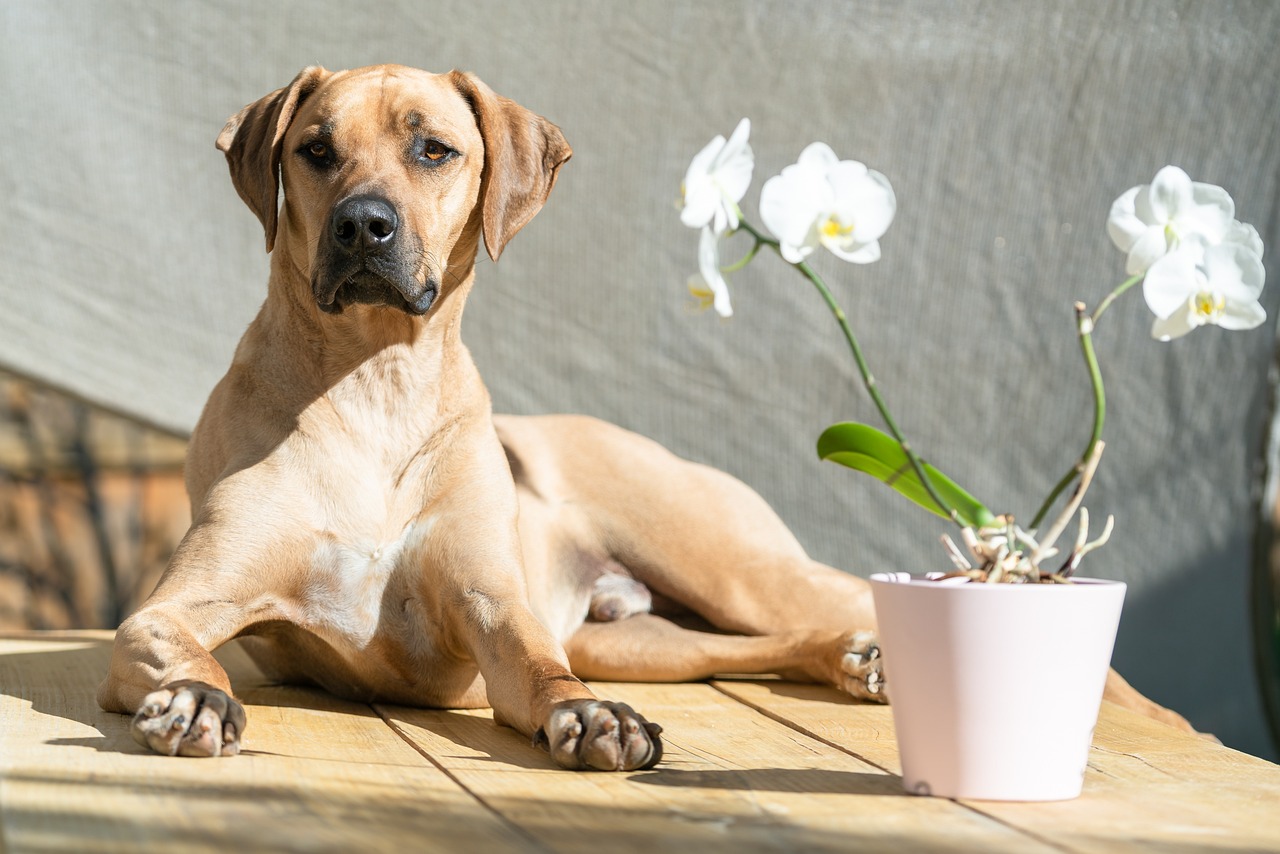 Shutterstock
Shutterstock
Rhodesian Ridgebacks are large, muscular dogs that were originally bred for hunting. They are independent and strong-willed, which can make it a challenge for them to train, especially for less experienced owners. Ridgebacks are known for their high energy levels and need for regular exercise. While they are loyal and protective, they require firm leadership and consistent training. Seniors may find it difficult to manage the size, strength, and exercise requirements of a Rhodesian Ridgeback, making this breed a demanding choice for older pet owners.
Alaskan Malamute
 Shutterstock
Shutterstock
Alaskan Malamutes are strong, powerful dogs bred for pulling heavy loads in harsh environments. They are intelligent and energetic, requiring a lot of physical activity to stay happy and healthy. Malamutes are also known for their independent streak, which can make training a challenge. For seniors, keeping up with a Malamute’s exercise needs, as well as managing their strong will, can be overwhelming. This breed thrives in active households where they can get plenty of exercise and mental stimulation.
Chow Chow
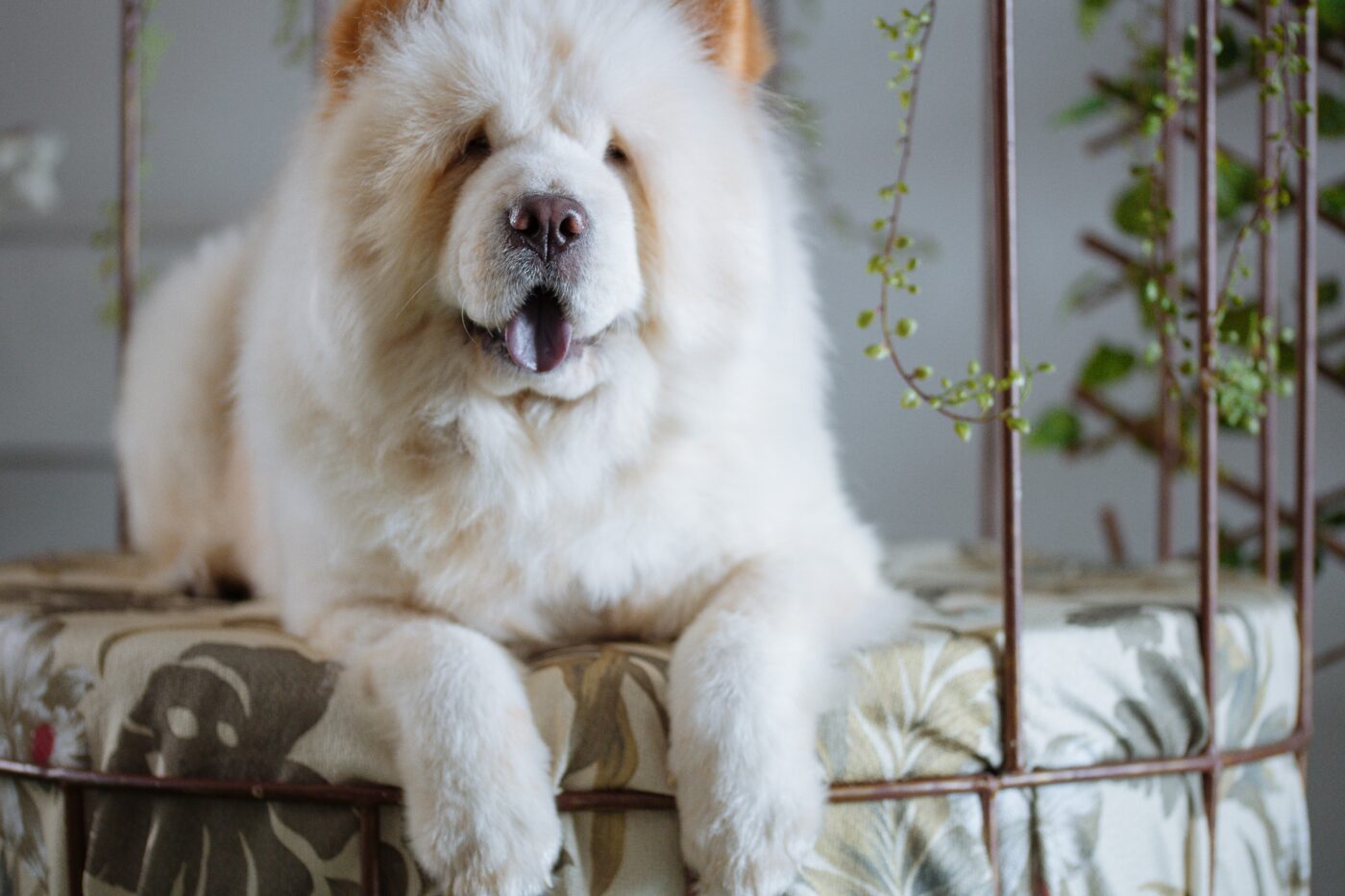 Shutterstock
Shutterstock
Chow Chows have a distinctive appearance with their lion-like manes and aloof personalities. While they can be affectionate with their families, they are also known for being independent and stubborn, making them difficult to train. Chow Chows require firm leadership and socialization from an early age, as they can be territorial and wary of strangers. Their thick coats also require regular grooming, adding to the breed’s demands. For seniors, the grooming needs and independent nature of a Chow Chow may make this breed a bit too challenging to manage.
Scottish Terrier
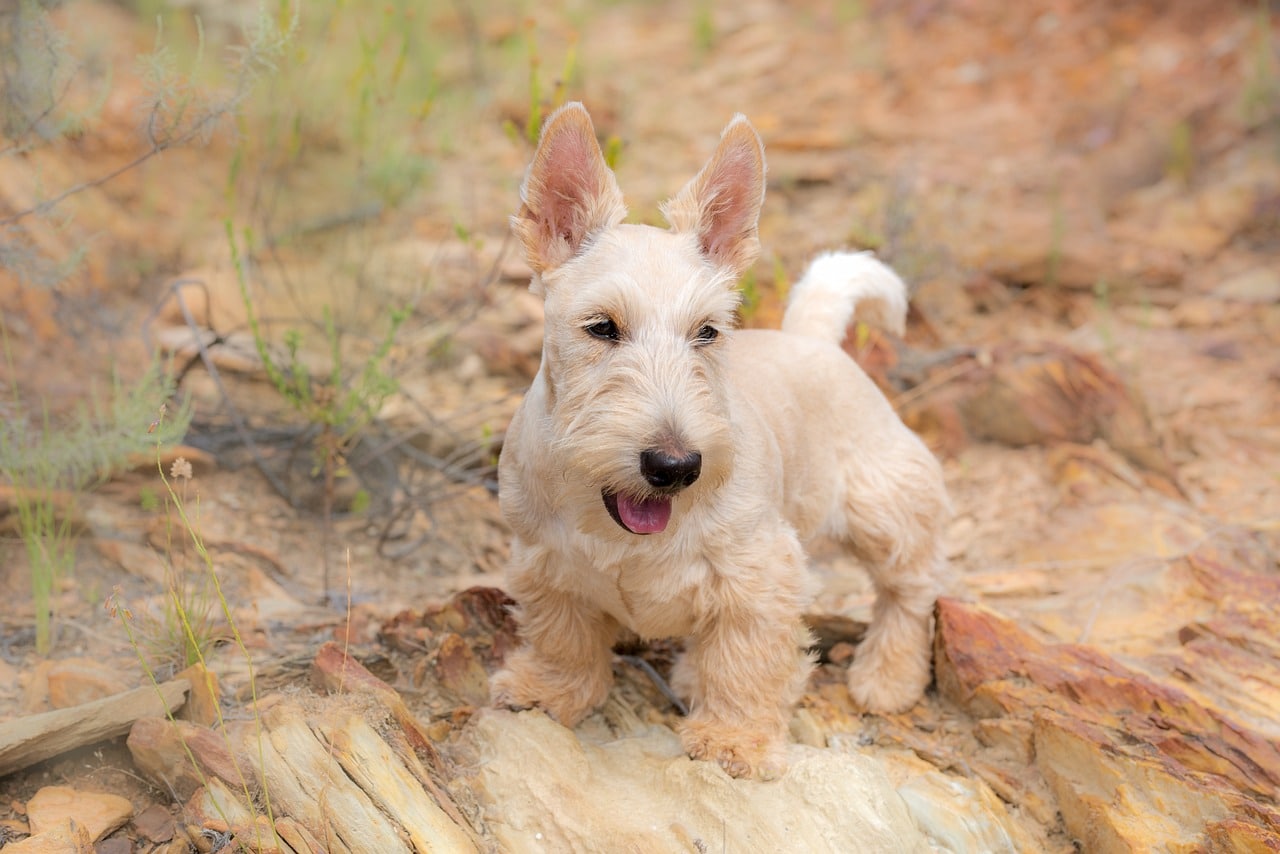 Shutterstock
Shutterstock
Scottish Terriers, or “Scotties,” are small dogs with big personalities. Known for their independence and stubbornness, Scotties can be difficult to train without patience and consistency. They have a strong prey drive and need regular exercise to keep them happy. Scotties also require regular grooming to maintain their wiry coats. While their size may make them seem like an ideal companion for seniors, their stubborn nature, energy levels, and grooming requirements can make them more demanding than expected.
Belgian Tervuren
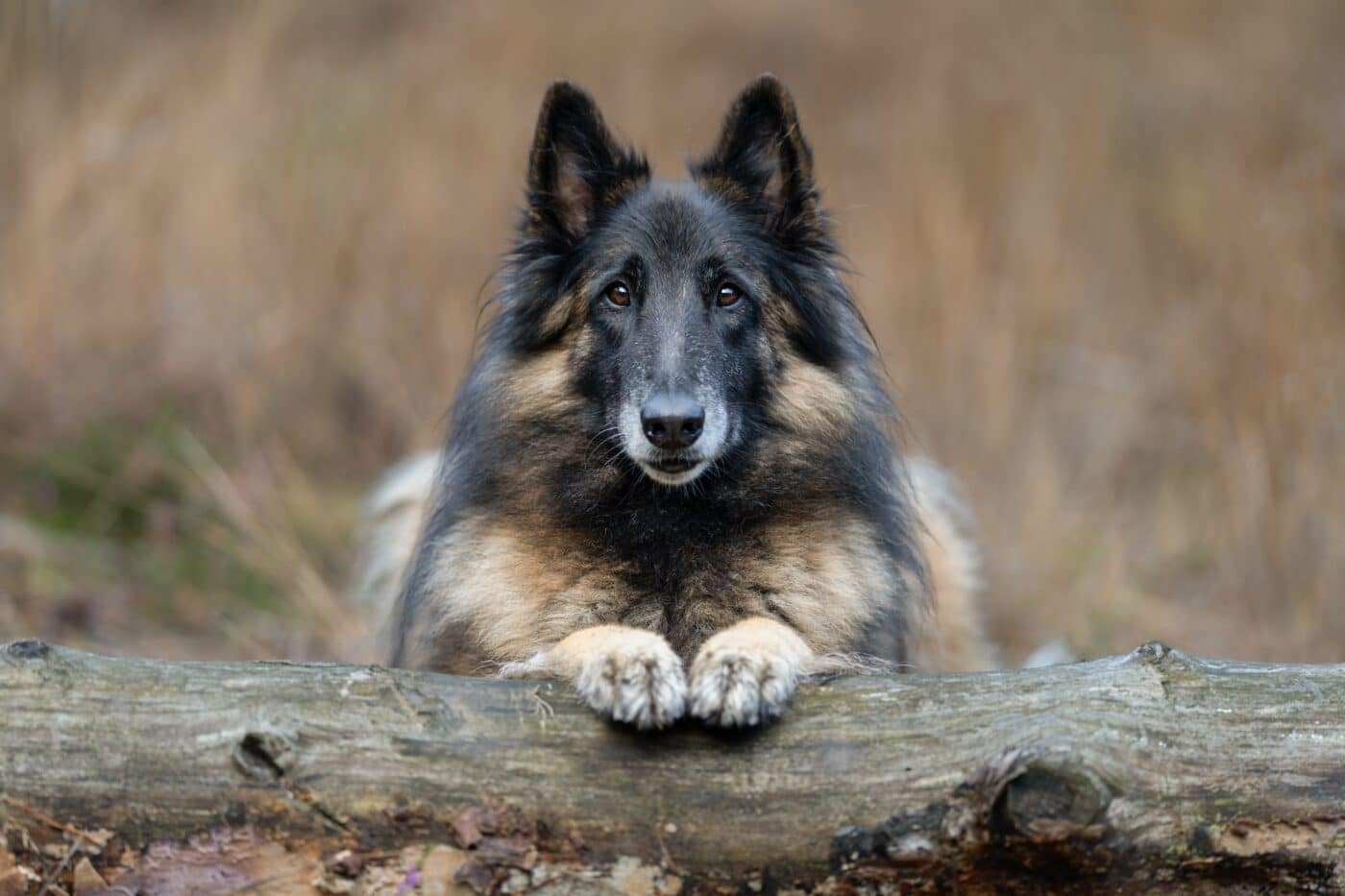 Shutterstock
Shutterstock
Belgian Tervurens are intelligent and energetic dogs that require a lot of mental and physical stimulation. Bred for herding and protection, they are known for their work ethic and need for a job to do. Without enough exercise and mental engagement, Tervurens can become bored and develop behavioral issues. For seniors, keeping up with the breed’s high energy levels and training needs can be a challenge. This breed thrives in active households where they can participate in regular physical and mental activities.
Belgian Sheepdog
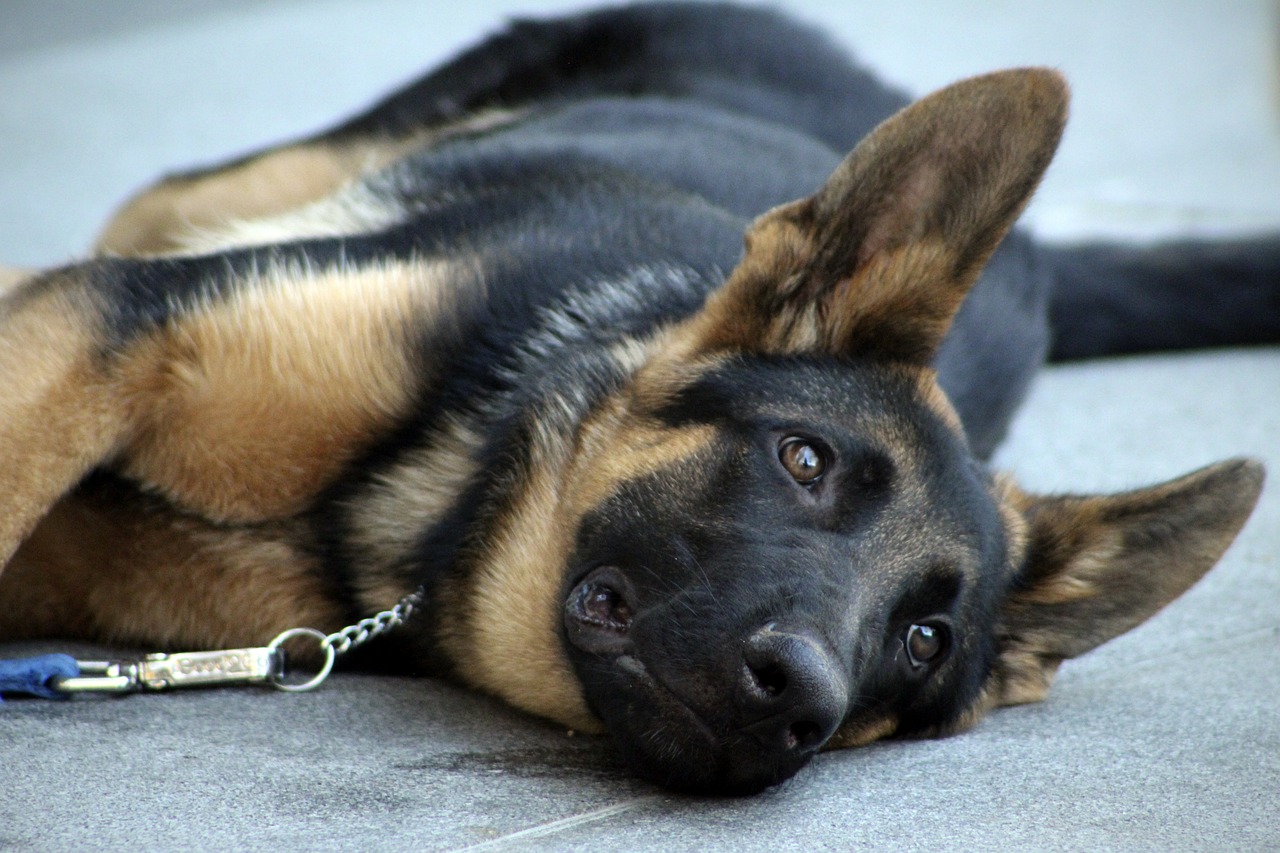 Shutterstock
Shutterstock
The Belgian Sheepdog, also known as the Groenendael, is an intelligent and energetic herding breed. Like other herding dogs, Belgian Sheepdogs need a lot of physical exercise and mental stimulation to stay happy. They are known for their strong work ethic and thrive in environments where they have a job to do. Without enough activity, Belgian Sheepdogs can become bored and difficult to manage. For seniors looking for a more relaxed companion, this breed’s high energy levels and need for mental engagement may be too demanding.
The Great “No Thanks” Breeds for Seniors
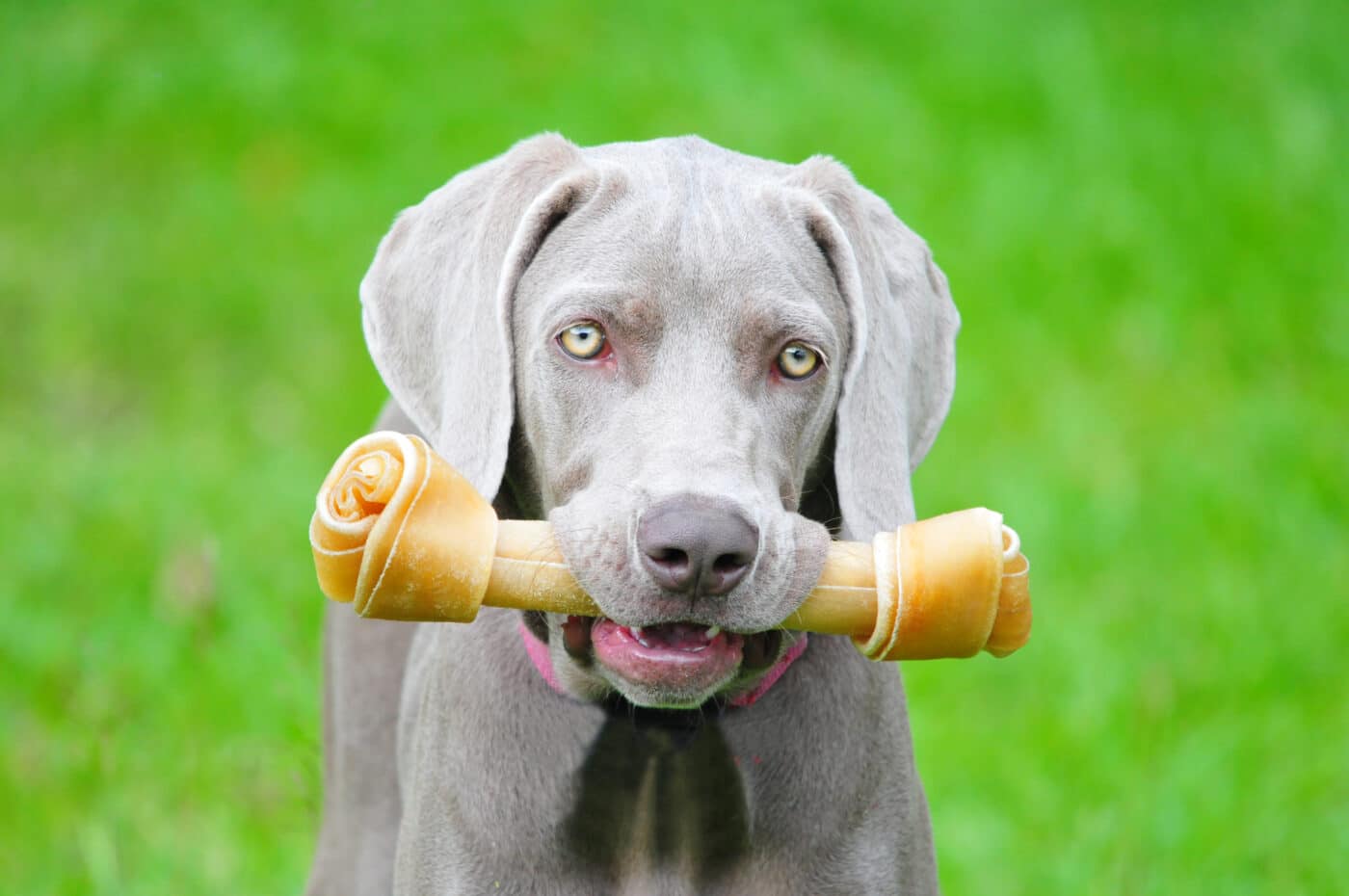 Shutterstock
Shutterstock
These demanding dogs may look adorable, but they come with more energy, training, and grooming needs than most seniors want to handle. While they make great pets for active, experienced owners, they’re like that super energetic friend who always wants to go on a hike while you’d rather take a nap! If you’re a senior looking for a more relaxed, easy-going companion, it’s best to pass on these high-maintenance breeds. After all, choosing the right dog means less stress and more tail wags—without the extra workouts!

 1 month ago
11
1 month ago
11

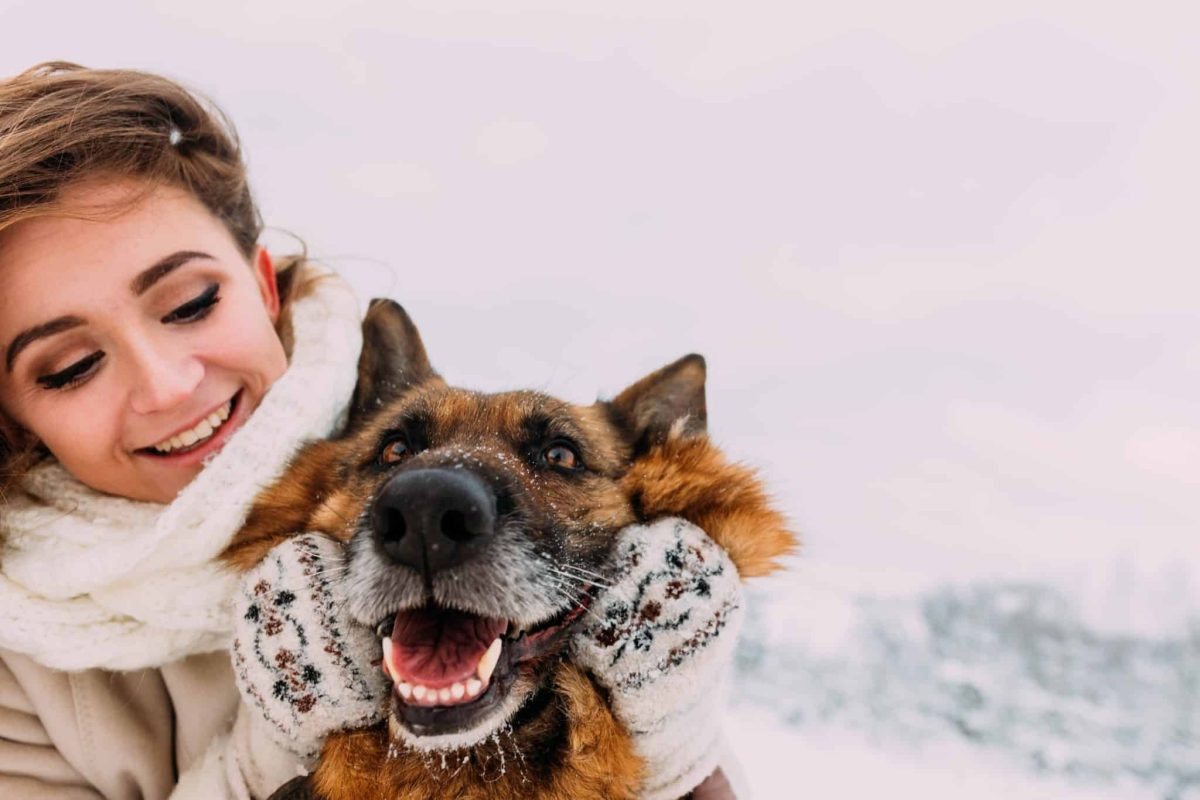

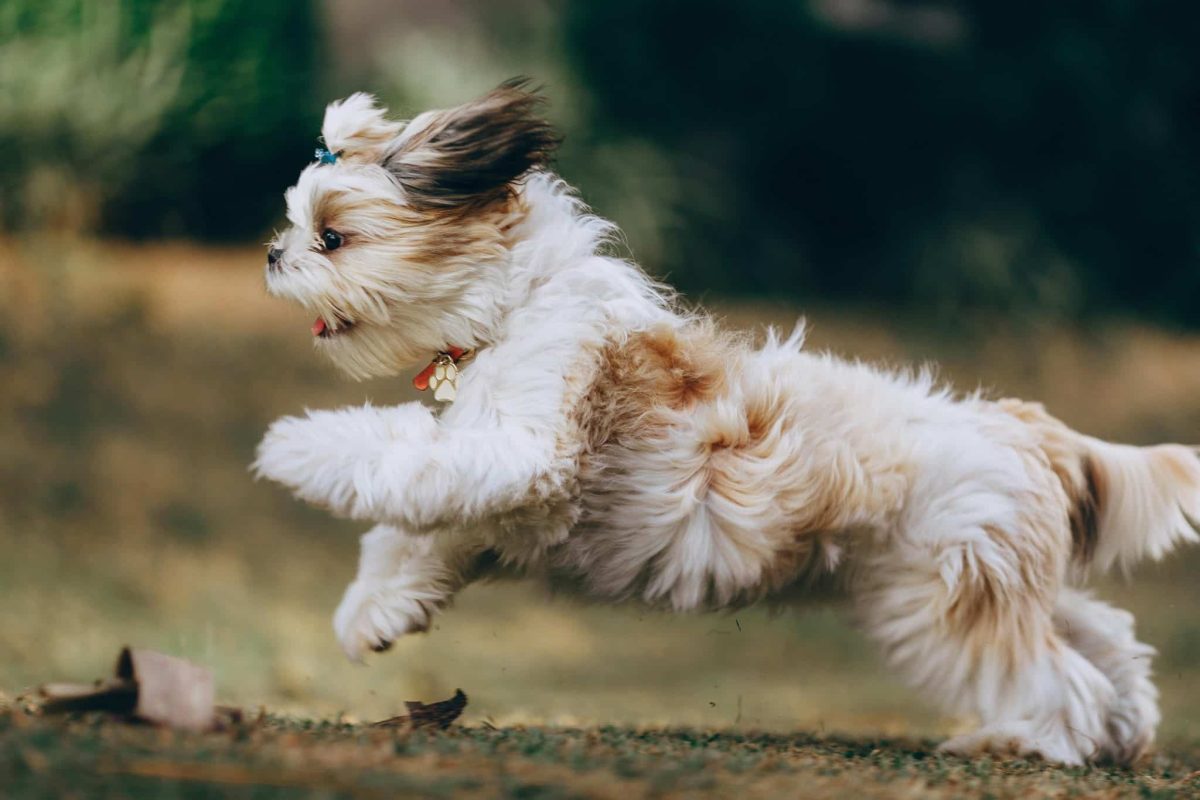
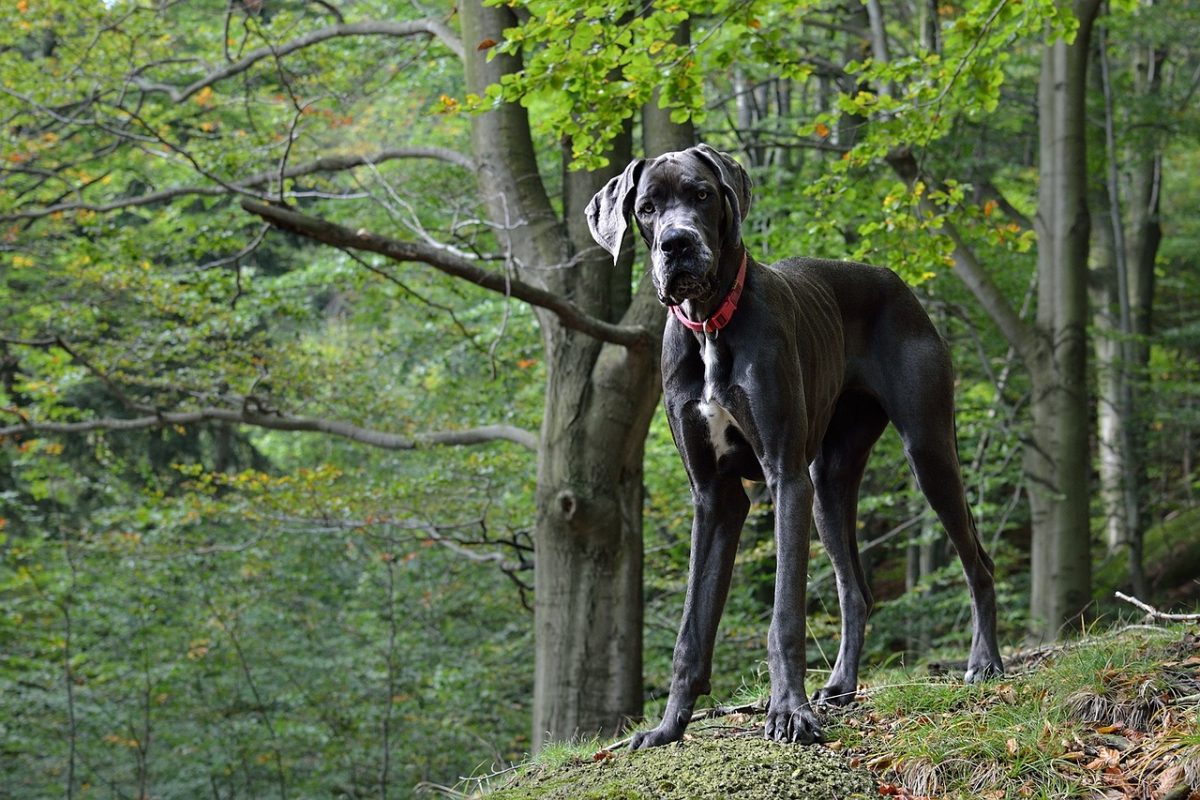
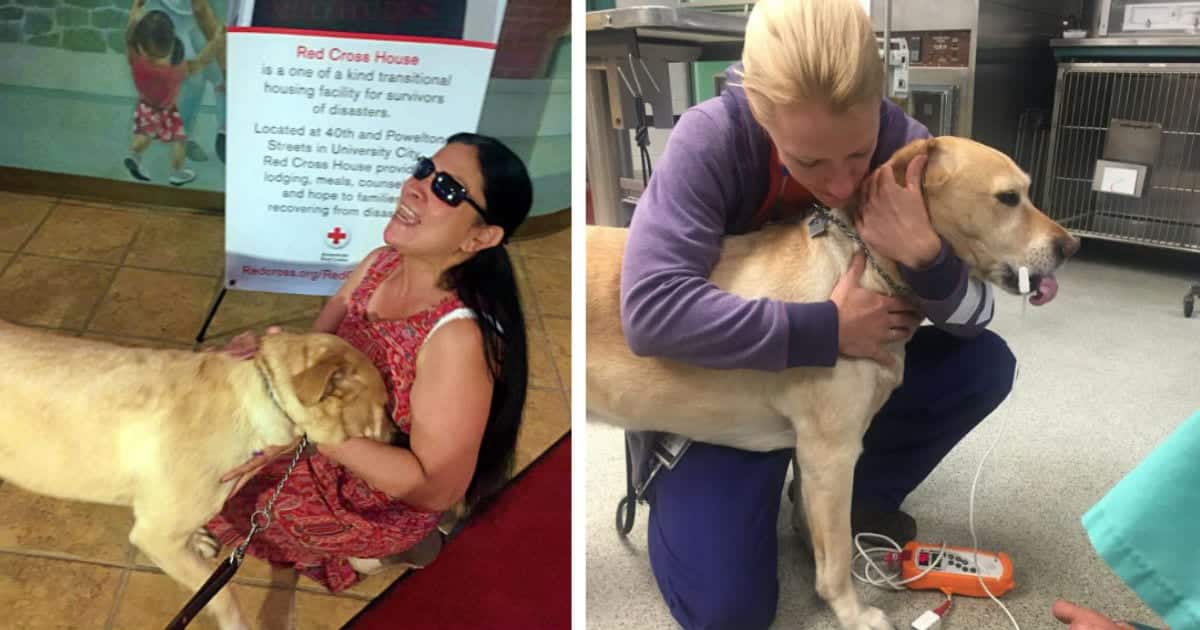

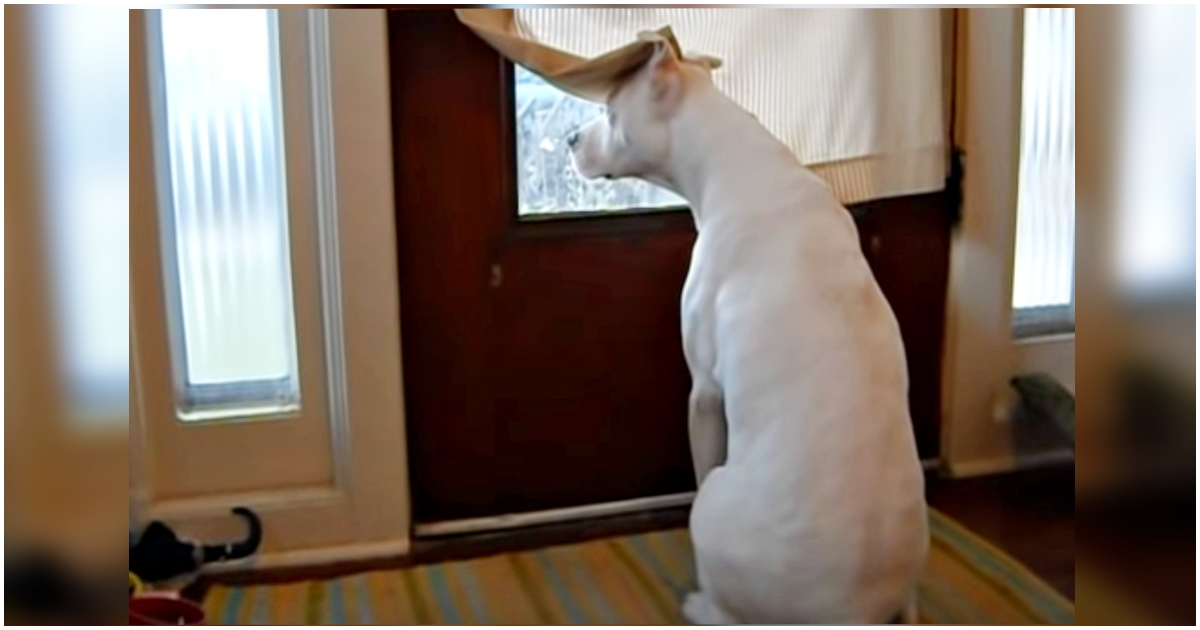



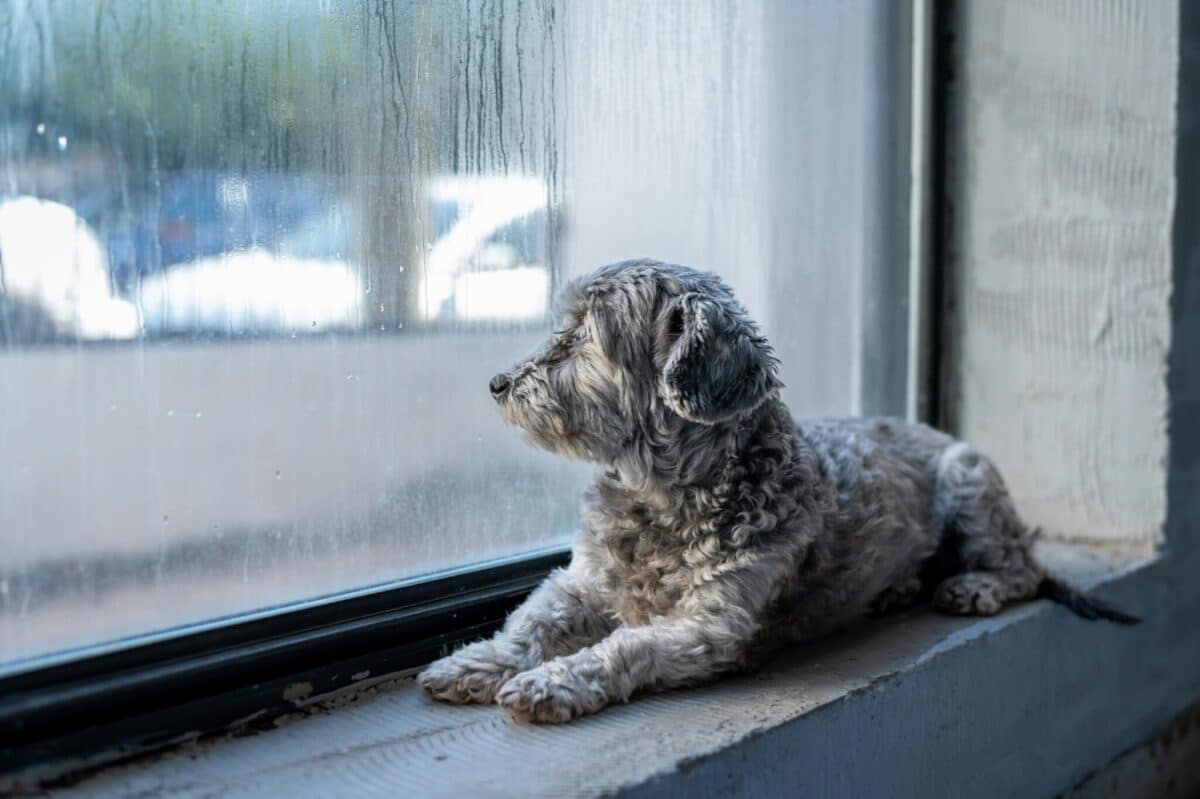


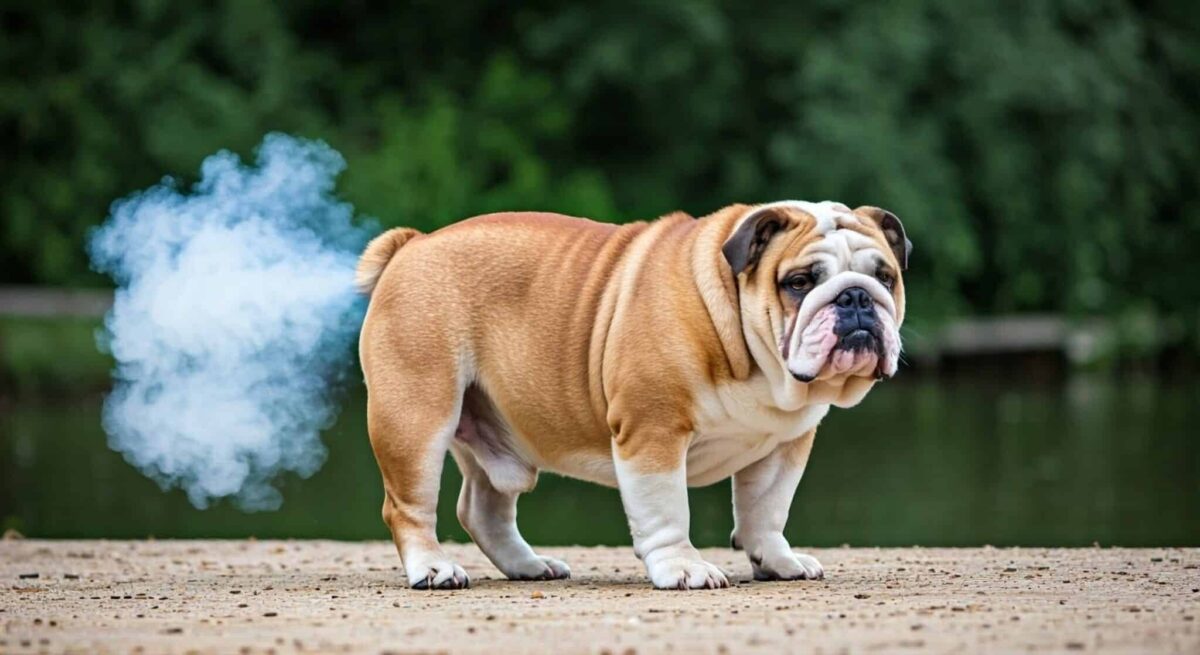

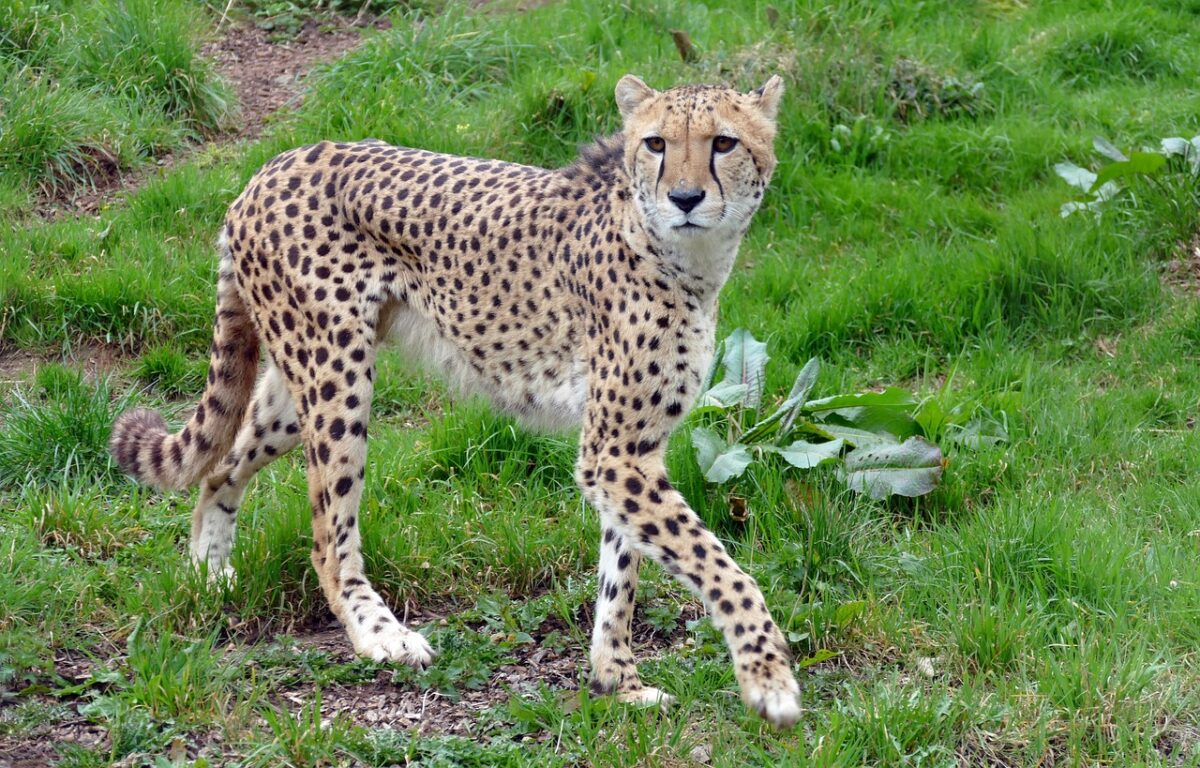
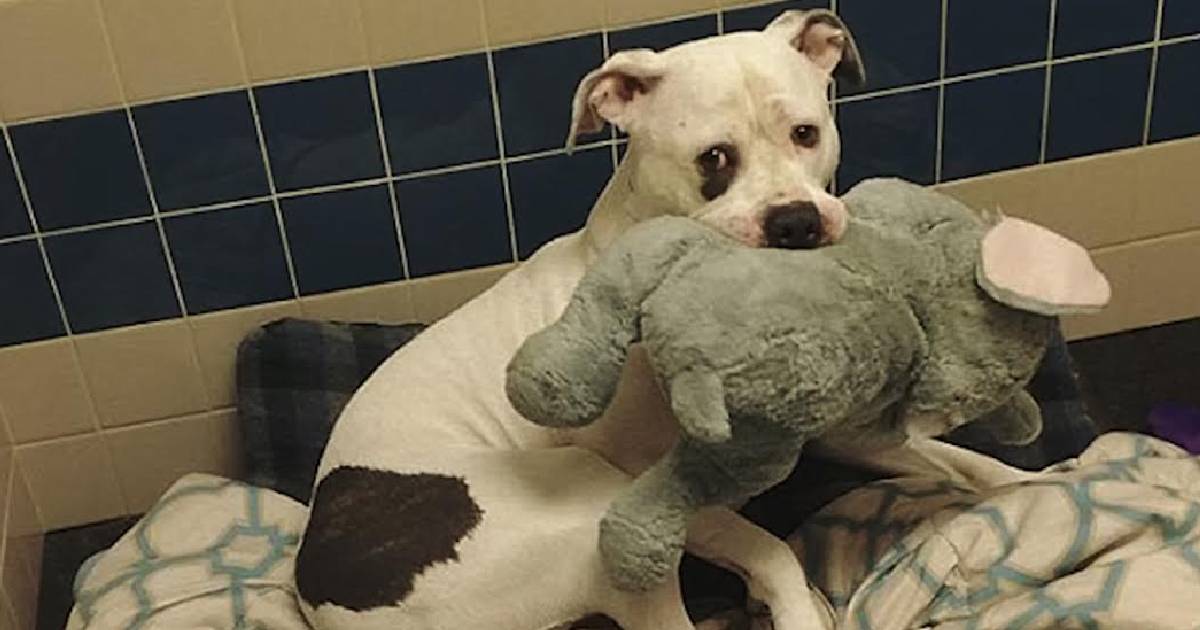
 English (US) ·
English (US) ·